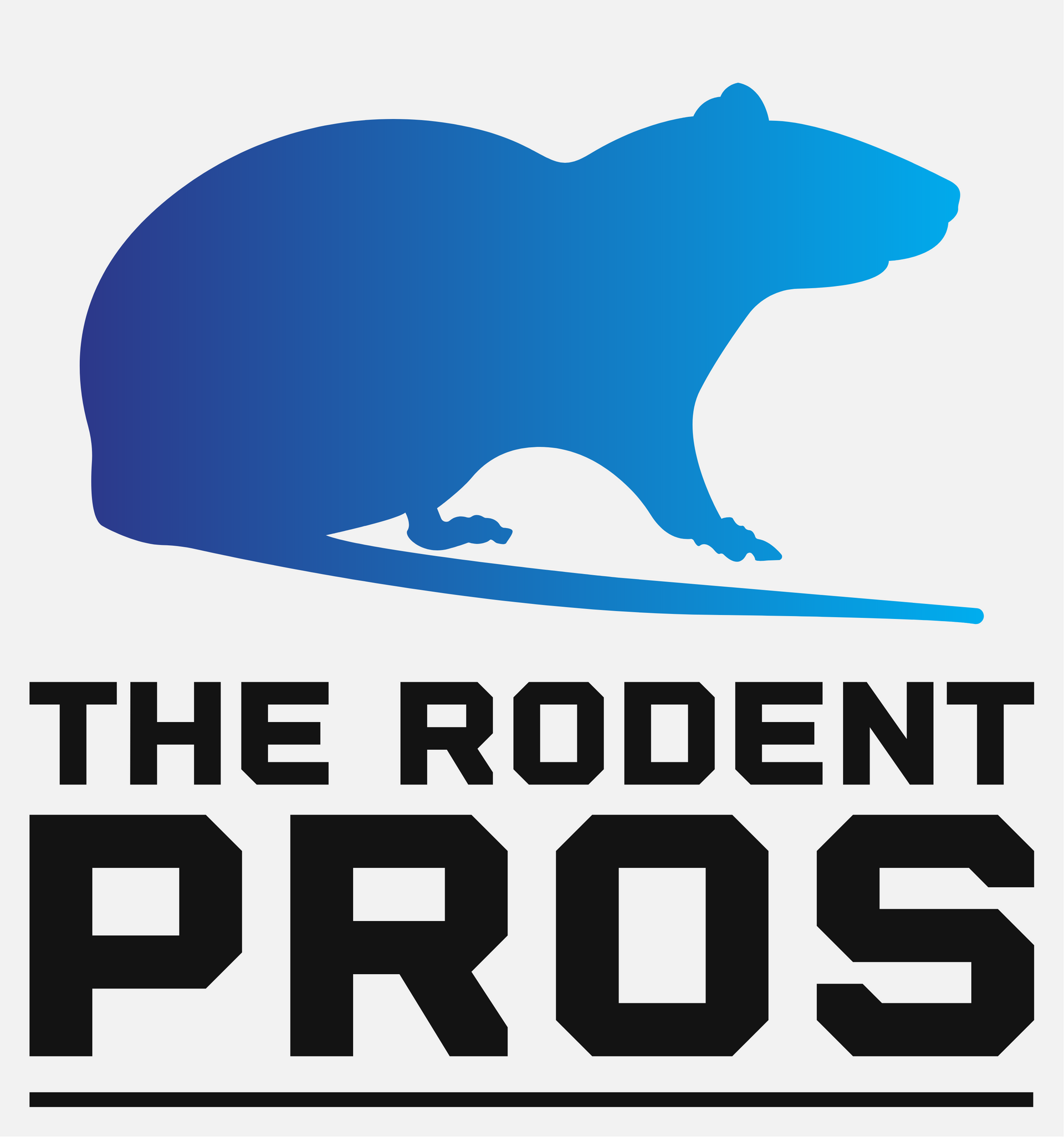
Rodent Control In Treasure Island Florida
The Rodent Pros Offer rodent trapping, rodent removal, rodent exclusion, rodent sanitation and rodent remediation services to all cities within a 50 miles radius of Tampa Florida.
To Call and schedule a free inspection click here
Treasure Island, a beautiful barrier island city located in Florida's Pinellas County, has been dealing with a notable rodent infestation problem. This issue, although common in coastal regions, has unique contributing factors specific to Treasure Island. The rodent infestation poses significant health risks and affects the overall quality of life for residents and visitors, prompting various efforts to mitigate the problem.
The geographical location and subtropical climate of Treasure Island are primary contributors to the rodent infestation. The warm, humid climate provides an ideal environment for rodents to thrive year-round, as the mild winters do not naturally curb their population. This uninterrupted breeding cycle allows rodents to multiply rapidly, exacerbating the infestation problem if not properly managed.
The dense urban environment and mixed-use development in Treasure Island also play a significant role in the rodent problem. The close proximity of residential homes, hotels, restaurants, and commercial establishments offers numerous hiding places and nesting sites for rodents. Older buildings with structural vulnerabilities provide easy entry points, while the abundance of food sources from various businesses and homes attract rodents, sustaining their population.
Human behavior and waste management practices significantly impact the rodent infestation in Treasure Island. Improper disposal and management of waste, such as overflowing garbage bins, littering, and the improper storage of food waste, provide ample food sources for rodents. Outdoor dining, picnics, and barbecues, common in this beachside community, often leave behind food scraps that attract rodents. Additionally, the practice of feeding wildlife, intentionally or unintentionally, can contribute to the problem by providing additional food sources for rodents.
The natural landscape of Treasure Island, including its lush vegetation, sandy dunes, and water bodies, offers an ideal habitat for rodents. Overgrown vegetation and dense foliage provide shelter and nesting sites, while the presence of canals and other water sources ensures rodents have easy access to water. These natural features, while enhancing the island's beauty, create a challenging environment for controlling the rodent population. Managing the landscape and reducing potential hiding places are crucial in addressing the infestation.
The health risks associated with a rodent infestation are significant. Rodents are known carriers of various diseases, such as leptospirosis, hantavirus, and salmonella, which can be transmitted to humans through direct contact, rodent bites, or contaminated food and surfaces. Rodent droppings and urine can also exacerbate respiratory issues, including asthma and allergies. These health concerns underscore the urgency of addressing the rodent problem effectively and promptly.
Efforts to control the rodent population in Treasure Island involve both community initiatives and government interventions. Residents are encouraged to take preventive measures, such as sealing entry points in homes, maintaining cleanliness, and properly storing food and waste. The local government has implemented increased pest control measures, including baiting and trapping programs, and has improved waste management systems to reduce food sources for rodents. Public education campaigns aim to raise awareness about the importance of proactive measures in reducing rodent habitats and food sources.
Local businesses, especially those in the hospitality and food service industries, play a crucial role in addressing the rodent problem. Implementing stringent waste management practices, ensuring proper food storage, and maintaining cleanliness are essential steps businesses can take to reduce rodent attractions. Collaboration between businesses and local authorities is vital to create a comprehensive approach to pest control that benefits the entire community.
Community involvement and vigilance are key components in tackling the rodent infestation. Neighborhood associations and community groups can organize clean-up campaigns, educate residents on proper waste disposal, and promote best practices for preventing rodent infestations. By working together, the community can create a more effective and coordinated response to the rodent problem.
In conclusion, the rodent infestation in Treasure Island is a complex issue influenced by climate, human behavior, urban environment, and natural landscape. The health risks associated with rodent infestations highlight the need for comprehensive and sustained efforts to manage and reduce the rodent population. Through a combination of community action, government intervention, business responsibility, and individual vigilance, Treasure Island can work towards mitigating the rodent problem and ensuring a healthier, more pleasant environment for its residents and visitors.
600 Cleveland Street
suite 374

